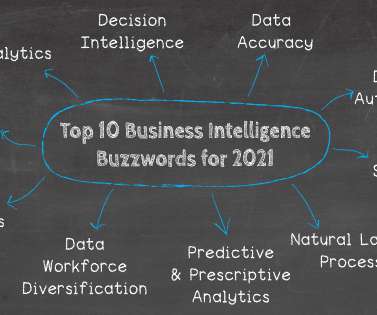How to Use Data Science for Marketing?
Analytics Vidhya
JUNE 17, 2023
Data science is a game-changer for marketing professionals in today’s digital age. With vast amounts of data available, marketers now have the power to unlock valuable insights and make data-driven decisions that drive business growth. appeared first on Analytics Vidhya.














Let's personalize your content